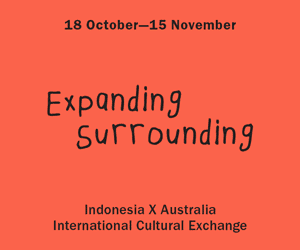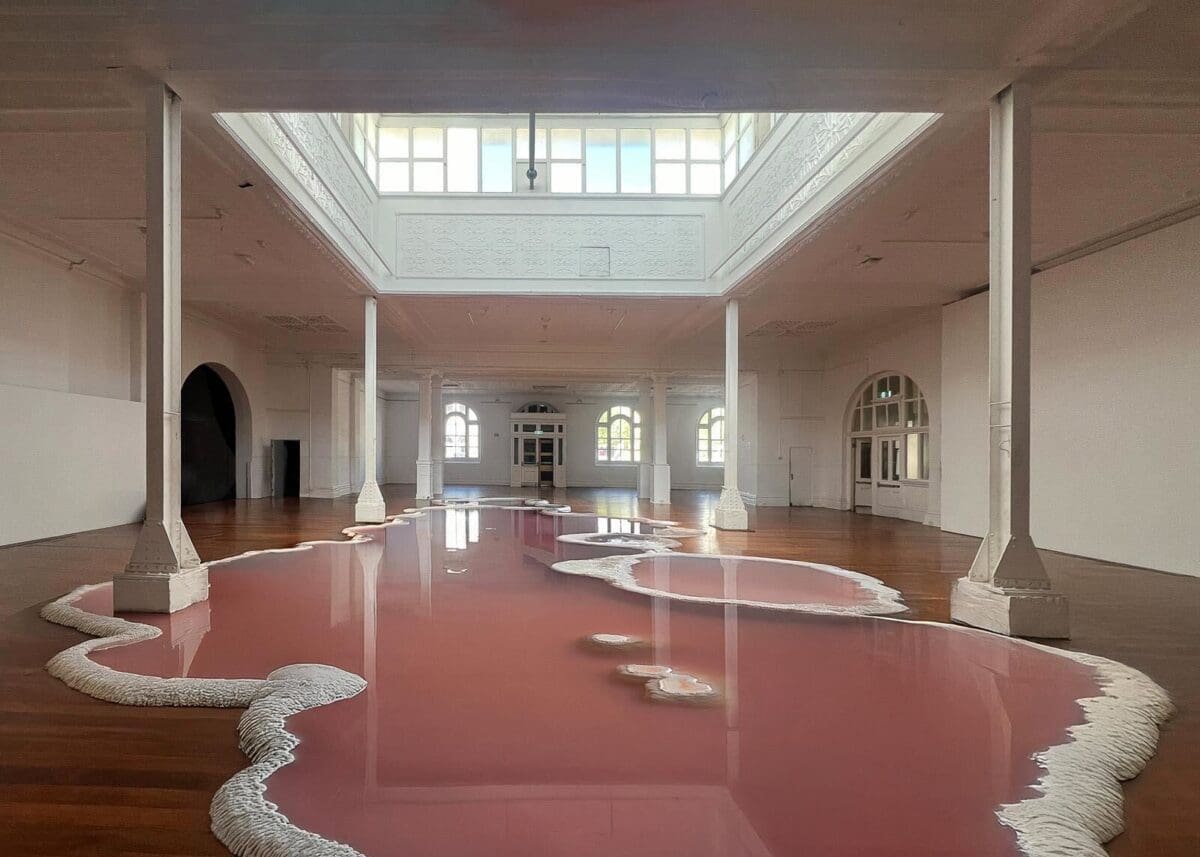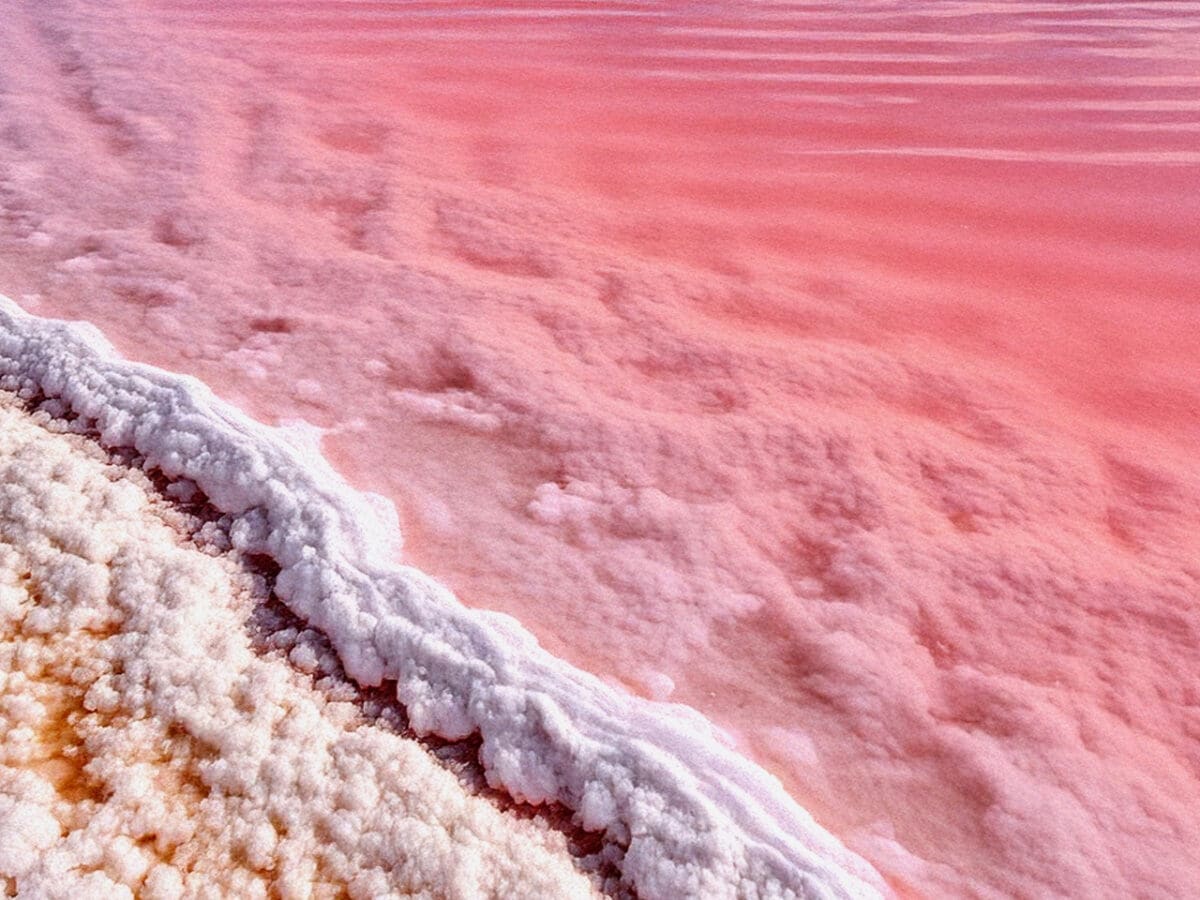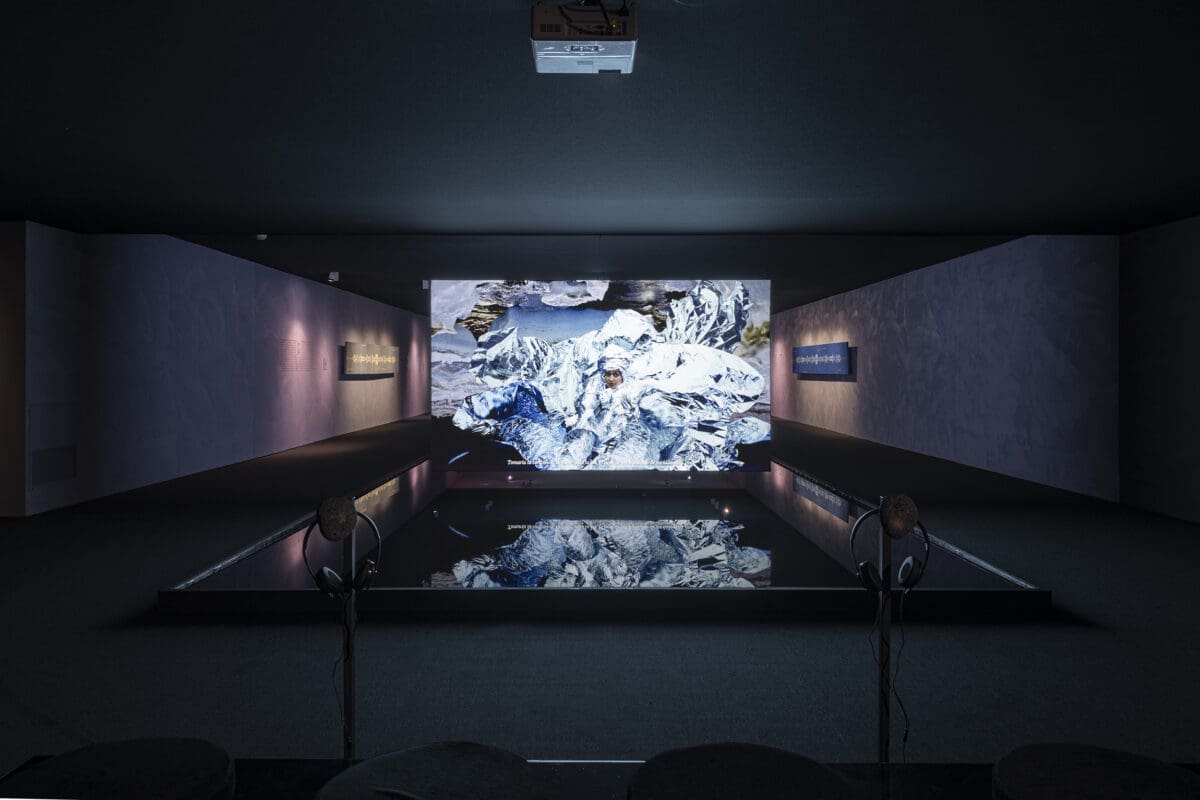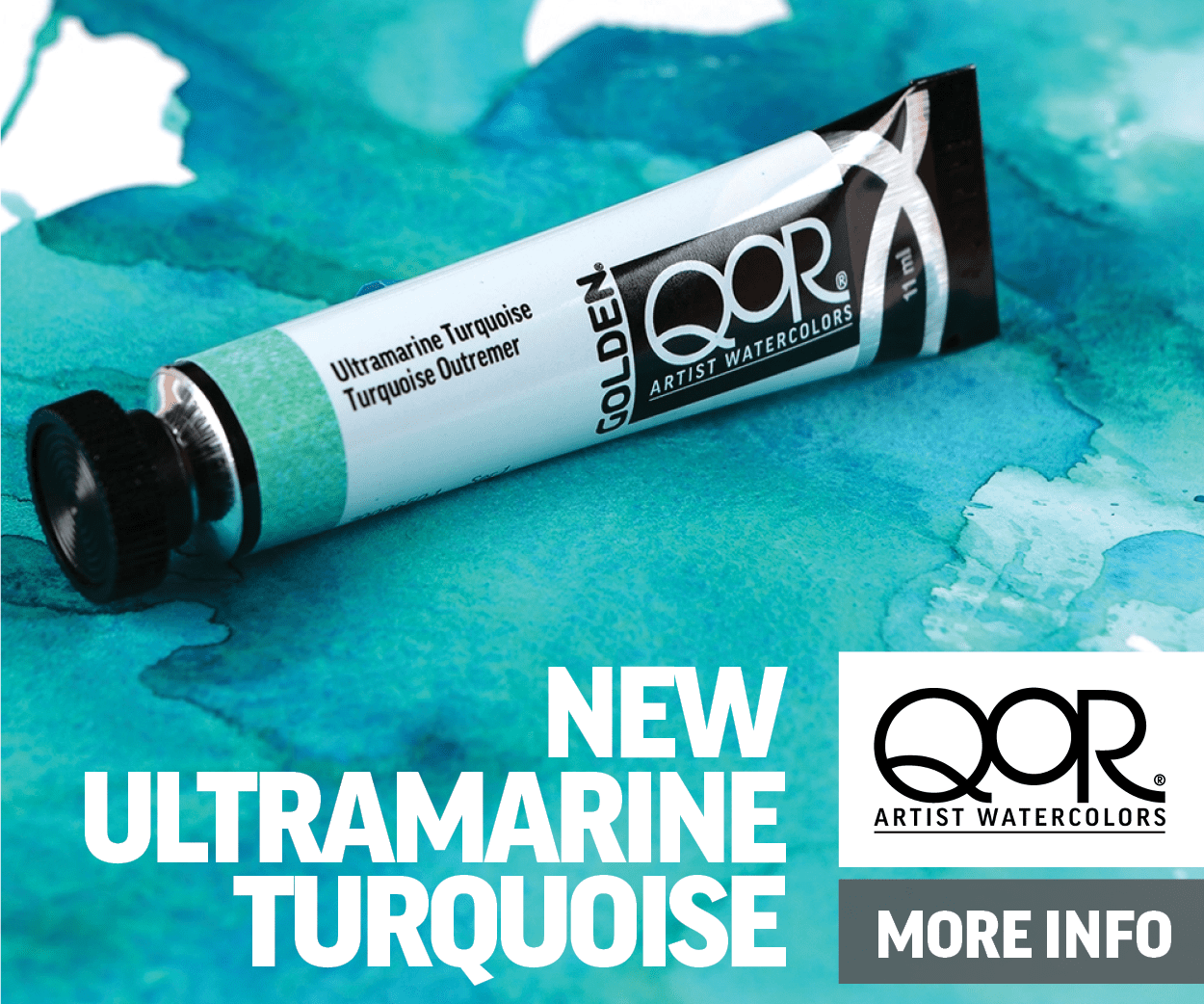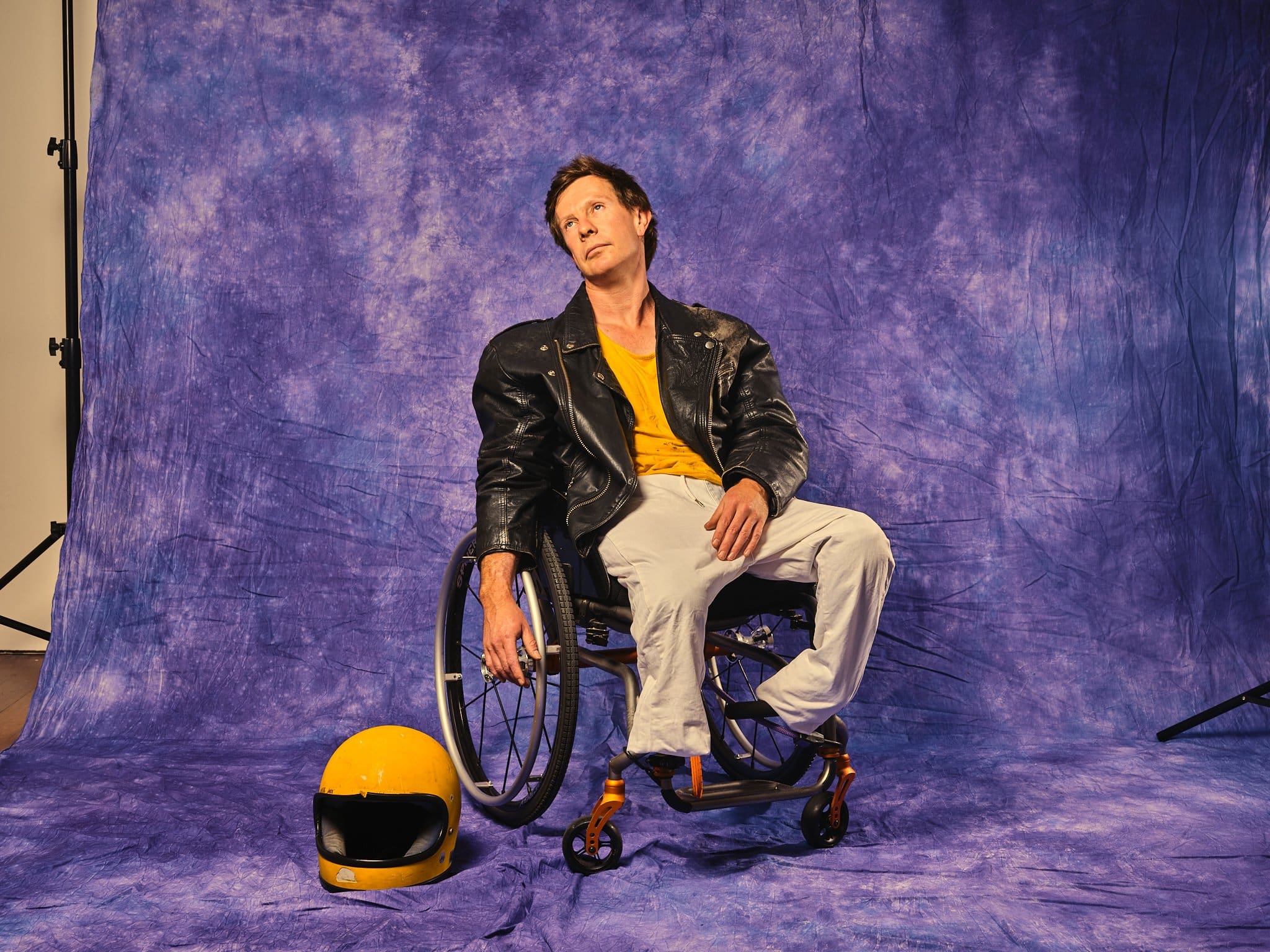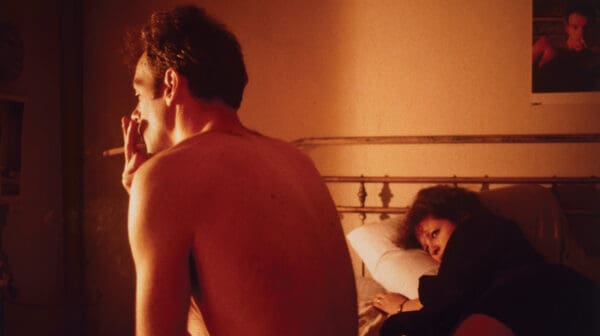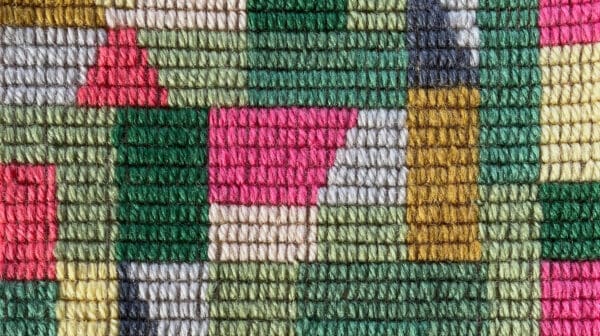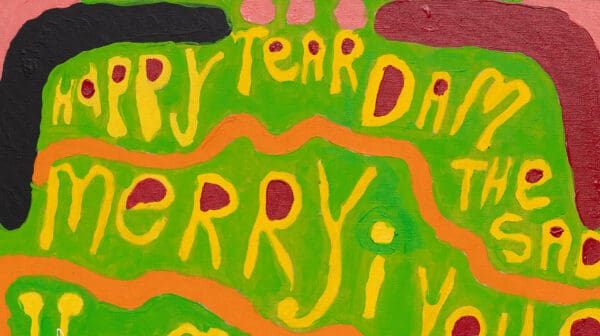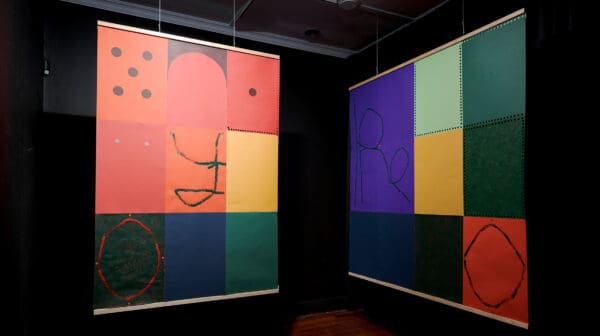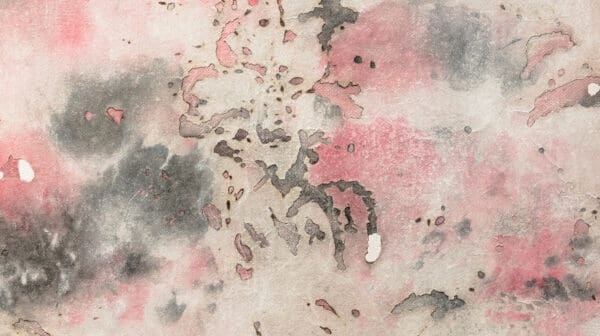For its fifth iteration, Fremantle Biennale organisers chose the theme sanctuary, wanting audiences to feel “stimulated, empowered, perhaps challenged and accountable as well” when engaging with site-responsive art in collective spaces, says artistic director Tom Mùller.
“We wrote a provocation to really elicit and stimulate artists’ thinking around what sanctuary means to them,” he says. “It’s not about folding into a particular brief.”
In Pool of Content, Wona Bae and Charlie Lawler
are using crystalline salts and a natural dye to create a “surreal” pink lake for Old Customs House, inspired by the bubblegum hues of Lake Hillier east of Esperance and Hutt Lagoon north of Geraldton, caused by salination and particular microorganisms.
Considering the history of the Fremantle port
being forced upon the landscape, the pink lake artwork becomes “emblematic” for how the Derbarl Yerrigan, or the Swan River, once a closed river system, has been subjected to saline incursion after a sand bar was demolished for harbour access in the late 19th century.
Himali Singh Soin and David Soin Tappeser’s work Microfictions asks audiences to recline in hammocks while performers create a sand topographical map beneath them. In Room Service, 40 artists will occupy some 31 rooms in the disused P&O Hotel, due to be redeveloped, with sculpture, sound, poetry and installation.
Meanwhile for Some Sounds of Some Summer, by Fremantle artist Bruno Booth, the sonics of the city become an instrument: Booth recorded five key local
locations, remixing them into an “audio epicentre”, collapsing time and place.
“It feels really strong,” says Mùller of the Biennale, which launched in 2017. “There’s a sense of expectation building, and it belongs to the people.”
Fremantle Biennale: Sanctuary
13—30 November
This article was originally published in the November/December 2025 print edition of Art Guide Australia.

